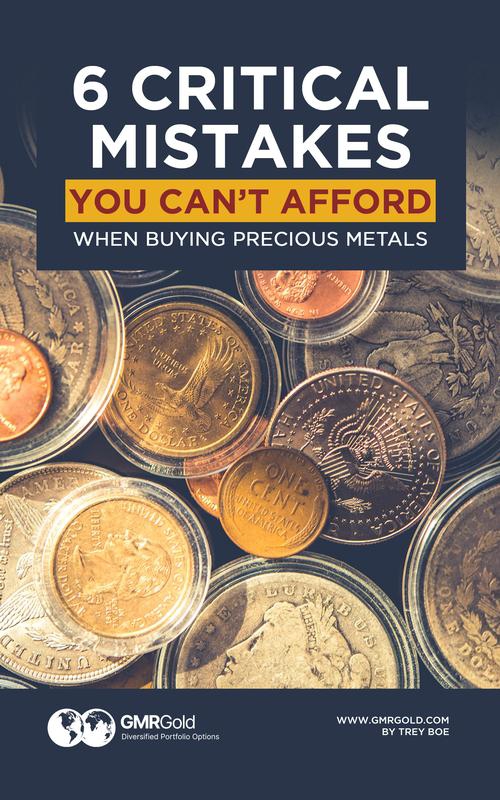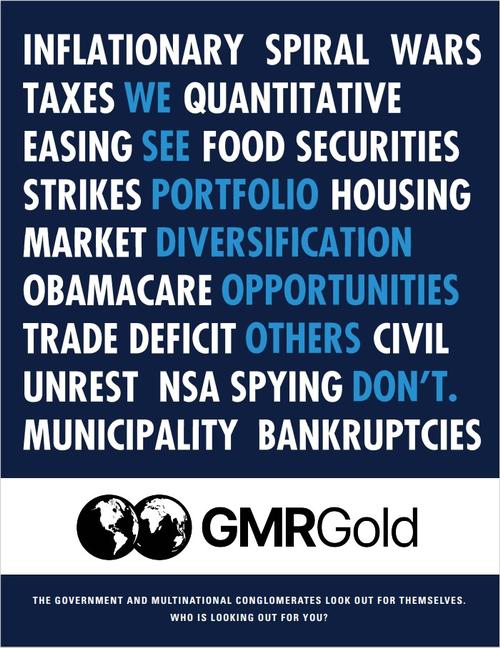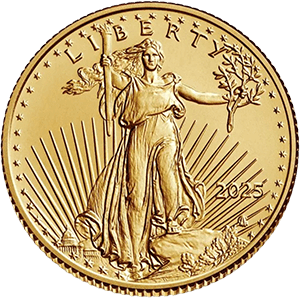.jpeg)
On the morning of August 1, 2025, a sweeping series of tariffs went into effect, fundamentally altering the global trade landscape. After months of warnings and stalled negotiations, the United States followed through on its threat to implement reciprocal tariffs on dozens of countries. The result? Immediate market volatility, global political backlash, and a surge of interest in wealth protection strategies—especially among those turning to gold and silver as a hedge against what’s coming next.
These aren’t just minor adjustments to trade policy. The tariffs introduced today represent a full-scale escalation of protectionist economic policy, with consequences that will ripple through supply chains, consumer prices, and investment portfolios in the weeks and months ahead.
A Global Shockwave Begins
At precisely 12:01 a.m. EST, the Trump administration activated a long-anticipated trade order that imposed double-digit tariffs on imports from more than 60 nations. Among the hardest hit were key U.S. trading partners: Canada now faces 35% duties on certain goods, while Mexico and the European Union saw tariffs raised to over 30%. Other countries—such as India, South Africa, and Switzerland—were struck with rates as high as 41%, and Section 232 tariffs on copper imports jumped to 50%, joining previously elevated rates on steel and aluminum.
For some countries, these measures came despite last-minute talks and partial trade concessions. For others, they marked a definitive end to any illusions of diplomatic resolution. The administration described the action as “long overdue correction” for decades of unbalanced trade, while critics warned it could trigger retaliatory tariffs, global slowdown, and increased inflationary pressure.
Wall Street’s Reaction: Red Ink and Risk-Off Moves
Financial markets wasted no time in reacting. U.S. stock indexes opened sharply lower, with the Dow plunging over 600 points and the Nasdaq losing more than 2% in early trading. Sectors with high exposure to global supply chains—such as technology, automotive, and construction—led the declines.
Commodity markets, on the other hand, saw an immediate upside. Copper spiked on supply fears, and gold began trending higher as investors sought a defensive posture. This market behavior was more than just a knee-jerk response—it reflected deep uncertainty about how long this tariff regime will last and how far its effects will spread.
Bond markets also signaled caution, with yields falling as capital shifted into traditional safe havens. This is the kind of investor behavior we typically associate with geopolitical tension or major financial shocks—not a simple policy change.
Why Precious Metals Are Back in Focus
With inflation already a pressing concern, today’s tariff rollout added fuel to the fire. Higher import costs almost always lead to higher consumer prices. As businesses pass along the burden of increased input costs, everything from construction materials to household goods is expected to rise in price.
That’s precisely why gold and silver are attracting renewed interest. Historically, precious metals have performed well during inflationary periods and trade conflicts alike. But it’s not just individual investors making the shift—central banks around the world have been quietly expanding their gold reserves for months, anticipating exactly this kind of turbulence.
For the modern investor, gold offers more than symbolic value—it offers tangible security. It’s a finite, globally recognized store of value that doesn’t rely on a central bank’s interest rate policy or a trade deal's success. With the dollar under pressure and fiat currencies around the world facing increasing skepticism, physical metals have become more than a hedge—they’ve become a strategy.
What Smart Investors Are Doing Now
The question on everyone’s mind is: how do I protect what I’ve built?
The answer varies depending on your current exposure. For equity-heavy portfolios, diversification into tangible assets is a logical first step. For those nearing retirement, moving a portion of qualified funds into a Precious Metals IRA can offer both growth potential and downside protection. And for cash-heavy savers concerned about inflation, simply acquiring physical bullion can provide peace of mind.
At American Standard Gold, we’re already seeing a sharp uptick in investor inquiries and portfolio reallocations. The common thread? A desire to act before the next market shock, not after.
What Happens Next?
What makes this moment pivotal is that today’s tariffs aren ot a one-time event—they’re part of a larger, more aggressive trade strategy that shows no signs of softening. Unless sweeping trade deals are brokered quickly (a tall order), retaliatory tariffs from affected nations are likely to follow. That could trigger further declines in equities, higher prices at home, and deep uncertainty abroad.
History tells us that in times like these, the best course of action is not panic—but preparation.
Protect Your Portfolio. Preserve Your Wealth.
If you are concerned about the impact of these new tariffs—or if you simply want to understand how to position yourself for what is ahead—our Expert Advisors are ready to help.
We offer complimentary portfolio reviews tailored to your financial goals, whether you’re looking to:
-
Convert a portion of your IRA or 401(k) into physical metals
-
Acquire gold and silver coins for delivery or secure storage
-
Build a long-term hedge against inflation, currency risk, and geopolitical volatility
Now is the time to act, not react.
Call today or click below to schedule your free Precious Metals Wealth Checkup.









